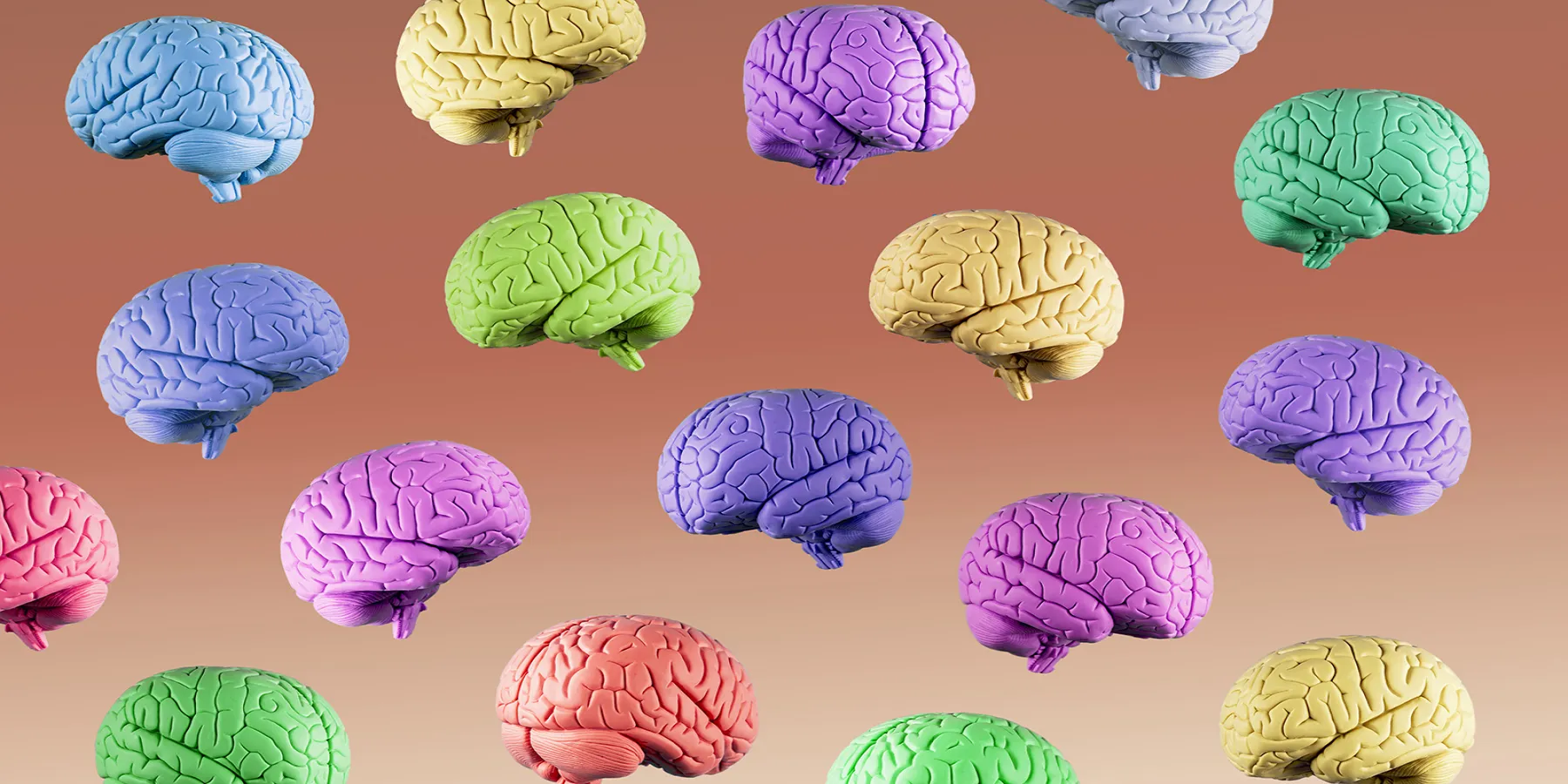Abstract
This article offers an overview of what humor is—and of how it can be used as a positive tool in dealing with patients and coworkers. After presenting a recent model for categorizing comic styles, which, among other things, separates “light” and “dark” humor, this article examines humor as a virtue in the context of health care.
To become conscious of what is horrifying and to laugh at it
is to become master of that which is horrifying….
The comic alone is capable of giving us strength
to bear the tragedy of existence.
Eugene Ionesco1
Humor Explorations
For some philosophers, moral philosophy without humor is incomplete.2 Two nineteenth-century philosophers, Friedrich Nietzsche and Søren Kierkegaard, considered humor to be central to the understanding of moral psychology. Zarathustra (a literary creation of Nietzsche) calls himself “the laughing prophet,” as he enthusiastically affirms life in the face of suffering, ambiguity, and death, expansively encouraging everyone to “learn to laugh at yourselves.”3 And Kierkegaard asserts:
The matter is quite simple. The comical is present in every stage of life … for wherever there is life, there is contradiction, and wherever there is contradiction, the comical is present. The tragic and the comic are the same, in so far as both are based on contradiction; but the tragic is the suffering contradiction, the comical, the painless contradiction.4
Not everything is funny, however. Certainly, there are situations in health care in which using humor is either inappropriate or comes at a risk; derogatory and cynical humor can indeed be disrespectful or dehumanizing.5 Nonetheless, we argue here that by respecting differences in their various manifestations, humor is irreplaceable in establishing and facilitating good relationships in the health care setting. We will first provide an overview of categories or types of humor and then discuss their use in health care settings. This discussion will also cover some caveats and recommendations.
Categorizing Humor
Humor is not a uniform category but has many facets. Recently, Ruch and Ruch et al introduced 8 comic styles.6,7 The lighter styles are those that we enjoy most: fun (ie, “spreading good mood and good comradeship”); (benevolent) humor (ie, “arousing sympathy and an understanding for the incongruities of life, the imperfections of the world, the shortcomings of fellow humans”); nonsense (ie, exposing the ridiculous and playing with unresolved incongruities); and wit (ie, humorous remarks “with a surprising punch line that uses unusual [word] combinations created on the spot”). The darker ones consist of irony (ie, “creating a mutual sense of superiority toward others” by saying the opposite of what is meant); satire (ie, “improving the world” and correcting wrongdoing through ridicule); sarcasm (ie, using humor to hurt others); and cynicism (ie, “devaluing commonly recognized values” through negative comments or mockery).
Humor in Health Care
The use of humor in health care generally entails the lighter comic styles; the use of the dark comic styles requires more caution. Fun, or good-hearted humor, is contagious and has a positive impact on other people’s moods. Benevolent humor can be useful in facilitating social interactions and building social bonds. The darker comic styles, however, also have their place. Irony and satire can help health care professionals cope with stressors they encounter (eg, when dealing with administrative issues or general regulations that can influence patient care) and might also help in facilitating interactions with patients (eg, when commenting on behavior they both consider amoral). Sarcasm and cynicism warrant more caution, as they are often used as weapons to hurt people’s feelings. They can, however, help patients cope with adversity and be helpful in certain situations (eg, when interacting with someone who shares a sarcastic and cynical worldview or view of a particular topic).
Laughter-related interventions will appeal differently to different people at different times.
In the day-to-day work of health care personnel, the style of humor used with a particular patient may vary over time. The lighter comic styles that help establish and sustain a positive relationship might be appropriate on the first day of treatment, and the darker styles might be appropriate at a later stage in the patient-physician relationship when patient and physician know each other well. Authenticity is absolutely essential for humor to nurture relationships. Canned laughter in a TV sitcom sounds different than the laughter you share with your close friends, and, similarly, nonauthentic humor frequently sounds and “feels” different and somehow wrong. As Norman Cousins remarked about his illness, “Laughing together is also an indication of a shared mindset and values. And because laughter typically arises spontaneously in reaction to eliciting conditions, laughter is a difficult-to-fake, difficult-to-stifle expression of what one does and does not value.”8
Hence, general rules for using humor in health care settings might include the following:
- Be authentic in the use of humor and be cautious if your humor is high in darker styles. Light humor is, in most situations, desirable. If, however, you are not familiar with the patient’s humor preferences or if the patient is in a worrying situation (eg, when waiting for the results of a test), the darker comic styles are risky. Dark humor is more liable to the ever-present possibility of misunderstanding (eg, overlooking how humorous exaggeration could exacerbate a patient’s fears). When a misunderstanding occurs, a genuine, understanding apology is always appropriate.
- Use tact in understanding what your patient’s humor preferences are and never forget to be flexible: humor and laughter are not always enjoyable to all people. So-called gelotophobes9 have an elevated fear of being laughed at and, with such patients, the use of humor and especially laughter must be very closely controlled and regulated.
General rules are important but will not fit all situations. Laughter-related interventions will appeal differently to different people at different times. Sensitivity to the needs, pathologies, and tastes of individual patients and the gift for sensing the right time for humor are absolutely essential if humor is to build and sustain relationships.
Virtuous Humor
An issue that has gained attention in humor research is the virtuousness of humor—its morally positive value. Benevolent humor expresses a worldview in which mishaps and individual weaknesses are accepted as part of daily life10; good intentions are taken for granted. Satire (corrective humor) identifies problems and morally wrong actions; it points to the need for change. A positive change in attitude can be facilitated by using satire in the gentle process of correcting a colleague who talks down to patients or colleagues or by good naturedly ridiculing substandard elements in the health care system.
The careful and tasteful use of lighter comic styles can help to keep the pressure down in health care institutions. Having a benevolently humorous outlook on the world can aid in coping with daily hassles in the lives of both patients and health care professionals. In sum, humor can be used both to deal benevolently with others and to facilitate morally good behavior by correcting or highlighting others’ errors without overdramatizing them.
Conclusion
The generous and sensitive use of humor in health care settings is both appropriate and desirable. The lighter comic styles are usually appropriate, but the darker varieties of humor (used carefully) have their place. We maintain that beneficent, good-hearted humor facilitates communication between patients and health care workers—and certainly among colleagues. Humor can also aid in coping with stressful events (eg, the loss of a patient) or in encouraging other health care workers as they struggle to meet demands. Given Nietzsche’s and Kierkegaard’s insight on the relation between humor and tragedy, humor invites and compels patients and health care workers to take themselves with ultimate seriousness—but, by engaging in humor, not to take themselves too seriously.
References
-
Ionesco E. La Démystification par l’humour noir. Avante-Scène. February 15, 1959:5-6. Quoted in: Glyn-Esslin M. The Theatre of the Absurd. 3rd ed. New York, NY: Vintage Books; 2004.
-
Morreall J. Comic Relief: A Comprehensive Philosophy of Humor. Oxford, UK: Wiley-Blackwell Publishers; 2009.
-
Nietzche F. Thus Spoke Zarathustra. Common T, trans. Blacksburg, VA: Thrifty Books; 2009.
-
Kierkegaard S, Lowrie W. Kierkegaard’s Concluding Unscientific Postscript. Swenson DF, trans. Princeton, NJ: Princeton University Press; 1941.
- Aultman JM. When humor in the hospital is no laughing matter. J Clin Ethics. 2009;20(3):227-234.
-
Ruch W. The psychology of humor. In: Raskin V, ed. The Primer of Humor Research. Berlin, Germany: De Gruyter Mouton; 2008:17-100.
-
Ruch W, Heintz S, Platt T, Wagner L, Proyer RT. Broadening humor: comic styles differentially tap into temperament and ability. Front Psychol. 2018;9:6.
- Cousins N. Anatomy of an illness (as perceived by the patient). N Engl J Med. 1976;295(26):1458-1463.
- Ruch W, Hofmann J, Platt T, Proyer RT. The state-of-the art in gelotophobia research: a review and some theoretical extensions. Humor. 2014;27(1):23-45.
- Ruch W, Heintz S. The virtue gap in humor: exploring benevolent and corrective humor. Transl Issues Psychol Sci. 2016;2(1):35-45.




